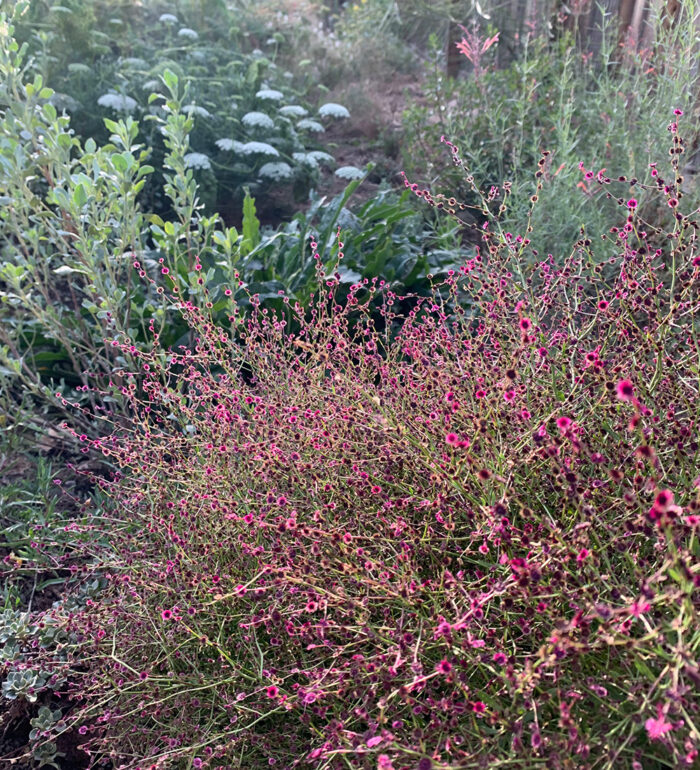
Over the last decade or so, the swelling interest in ecological gardening, particularly in the use of native rather than introduced plant species, has proven itself one of the most significant forces changing Rocky Mountains gardeners’ ornamental plant palette. It’s been a welcome change for people, flora, and fauna alike, and one that those of us working in horticulture don’t see being knocked out anytime soon. If anything, interest in this arena is only growing, thanks at least in part to the good show that these species put on, not to mention their ecological benefits. Yet while native perennials and woody plants have all made their way into the ring, native annuals and biennials remain largely sidelined. I routinely use these plants to add vibrance and fullness to young plantings, to brighten rough spots in the yard that I haven’t had the time to plant, or to bridge a visually slow period in the garden. Here are a few of the most spectacular native annuals and biennials to spice up your garden this year.
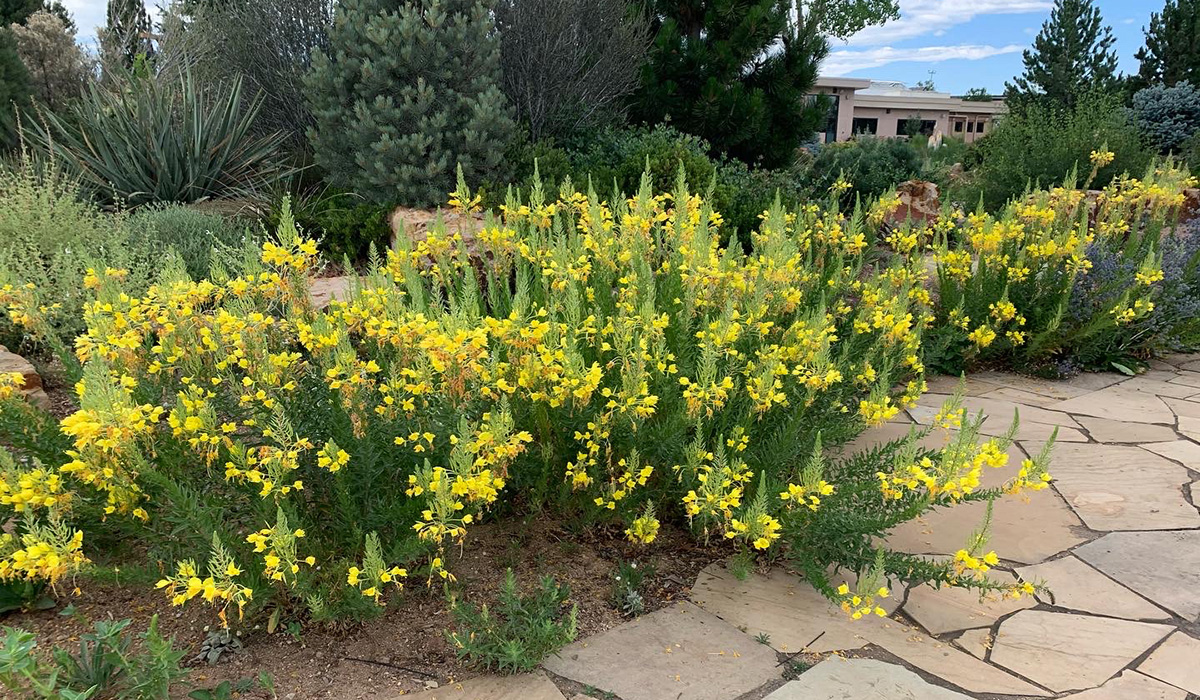
Fourpoint evening primrose
Oenothera rhombipetala, Zones 4–9
Growing as an unassuming rosette of pointed leaves during its first year, this biennial shocks garden-goers with tall, tentacle-like stems in its second year. Rising quickly to 3 or more feet, these candelabra-like plants coat themselves in luminescent, four-petaled flowers for six weeks or more in mid to late summer. I enjoy using this plant en masse, where its spectacular floral display acts as a beacon for hummingbird moths and humans alike. Hardy to at least Zone 4, it grows best in mesic gardens.
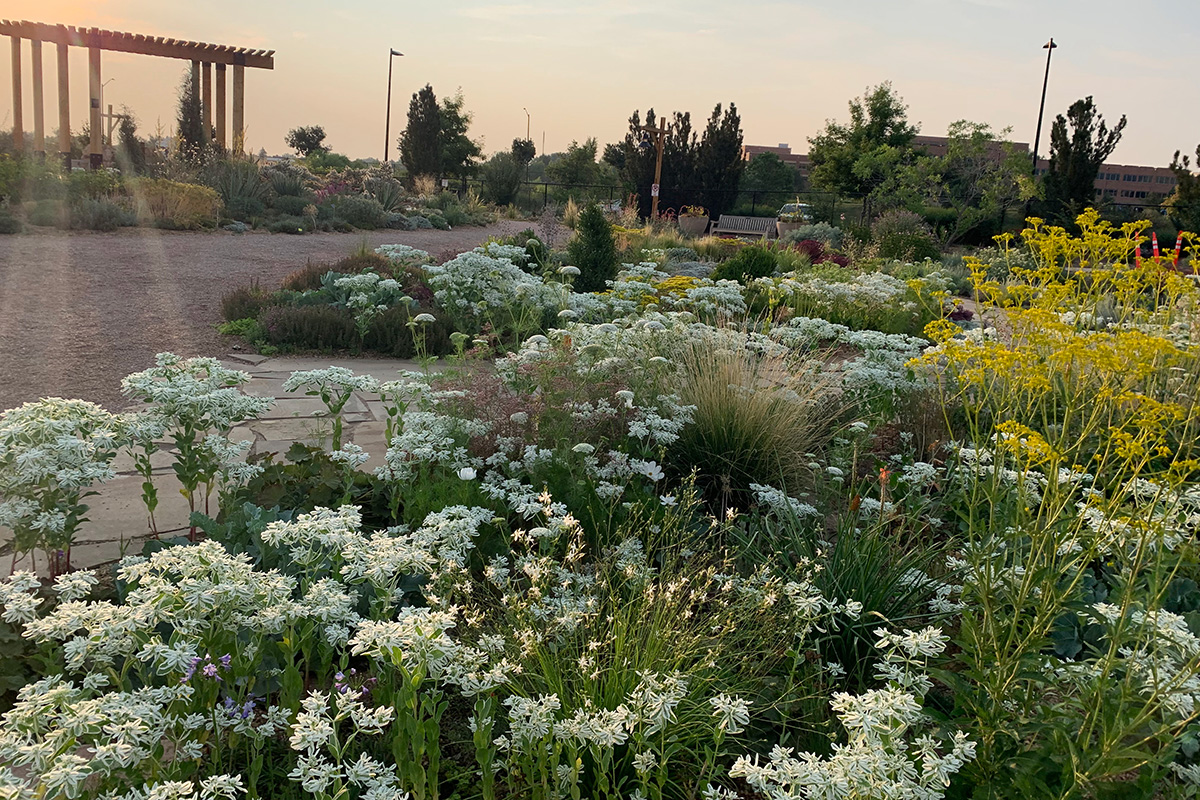
Snow-on-the-mountain
Euphorbia marginata, annual
Snow-on-the-mountain can be found in nature across the dry high plains and foothills of our region. As much of a delight in gardens as its invasive Eurasian cousin leafy spurge (Euphorbia esula, Zones 3–9) is a menace, this plant is one of the most-asked-about species in my garden beds. Starting slowly, umbrella-like corymbs rise from a single stalk on these plants, fanning out to 18 inches across with maturity. Flowers are minute and, thankfully, aren’t the point; the numerous green-and-white bracts that surround them make an eye-catching mosaic from all the way across the yard. These annual plants are highly attractive to small insects, and while they seed around a bit, they pull easily and do not compete that much with other garden plants.
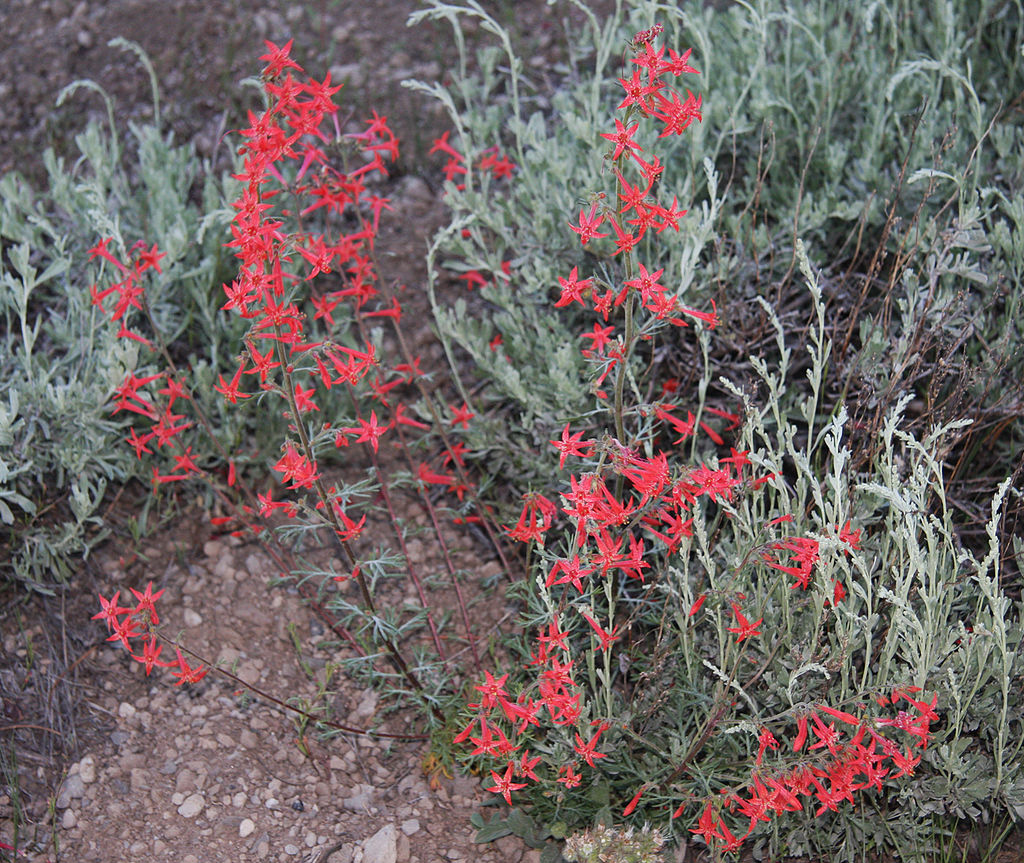
Scarlet gilia
Ipomopsis aggregata, Zones 3–9
Those in mountain communities should consider adding scarlet gilia to their gardens. Given that ipomopsis is Greek for “striking appearance,” this biennial is a no-brainer addition for high-elevation gardens seeking an intense filler. In their first year, plants grow as 2-inch rosettes of dark green, feathery leaves. In their second, a single flower stalk appears in early summer, presenting numerous soft pink to bright red, five-petaled flowers. The dainty look of this plant belies its tough nature; it excels in frigid Zone 3 and 4 winters and in gravelly, thin soils. For richer soils (like clay), try standing cypress (Ipomopsis rubra, Zones 6–9), a Southern Plains perennial cousin of scarlet gilia that is a bit more substantial, reaching almost 3 feet tall in a good year.
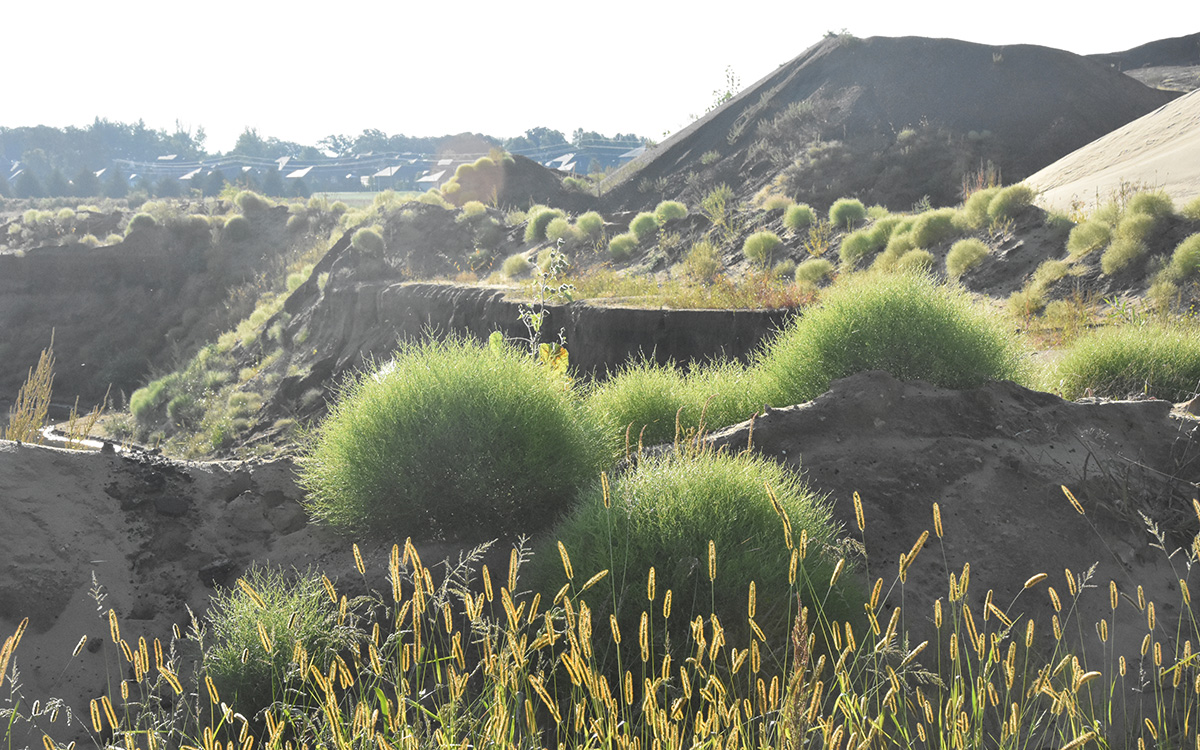
Winged pigweed
Cycloloma atriplicifolium, annual
If the botanically bizarre is to your taste, hunting down winged pigweed is worth the effort. This plant is every bit as odd as its common name would suggest. Winged pigweed forms bright-green, fine-textured spheres of foliage in barren areas across the central Intermountain West and Southwest. I’ve been impressed by this plant’s tolerance for my yard’s heavy clay, given that it usually grows in sandy soils in nature. I have enjoyed the otherworldly quality its Marimo moss ball-like appearance gives my home meadow. While most forms of this plant have white flowers, some forms have flowers that become a rich merlot. I’m tempted to select the red form just to slap the name ‘When Pigs Fly’ on the cultivar, which feels especially appropriate considering these plants turn into tumbleweeds and take off across the landscape with some wind. There’s truly nothing like winged pigweed.
Sources and sowing guidelines
I typically buy seed for these plants online, doing so in bulk from Western Native Seed and Pawnee Buttes Seed. I buy smaller quantities of more unusual material from Alplains Seed Catalog, among others. Direct sown in winter, these plants are a cinch to grow. I scatter their seeds with abandon on patches of bare soil before or after a snow in my gardens with reliable results.
When we contend with all the challenges our region has to offer, including a few durable, reliable fast hitters in our gardens should be part of our strategy. Far better adapted than the tender perennials people so often grow as annuals in our region, these plants provide exquisite color and form, and they do so with far fewer resources (fertilizer, water, potting up, etc.) than conventionally grown annuals and biennials.
For more exciting annuals, check out All About Growing Annual Plants.
—Bryan Fischer is the curator of plant collections for the Gardens on Spring Creek in Fort Collins, Colorado.
Photos, except where noted: Bryan Fischer
Fine Gardening Recommended Products

Razor-Back Potato/Refuse Hook
Fine Gardening receives a commission for items purchased through links on this site, including Amazon Associates and other affiliate advertising programs.

Johnny’s Selected Seeds Connecta® Cultivation Kit
Fine Gardening receives a commission for items purchased through links on this site, including Amazon Associates and other affiliate advertising programs.

Lee Valley Garden Obelisks
Fine Gardening receives a commission for items purchased through links on this site, including Amazon Associates and other affiliate advertising programs.





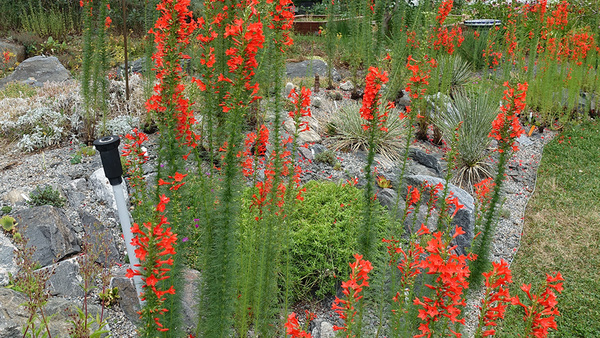













Comments
Log in or create an account to post a comment.
Sign up Log in